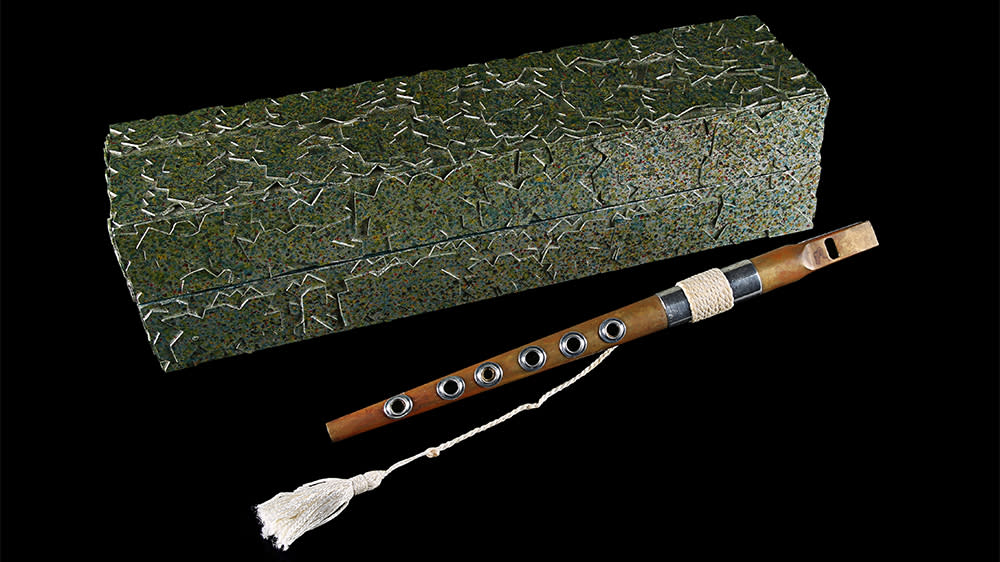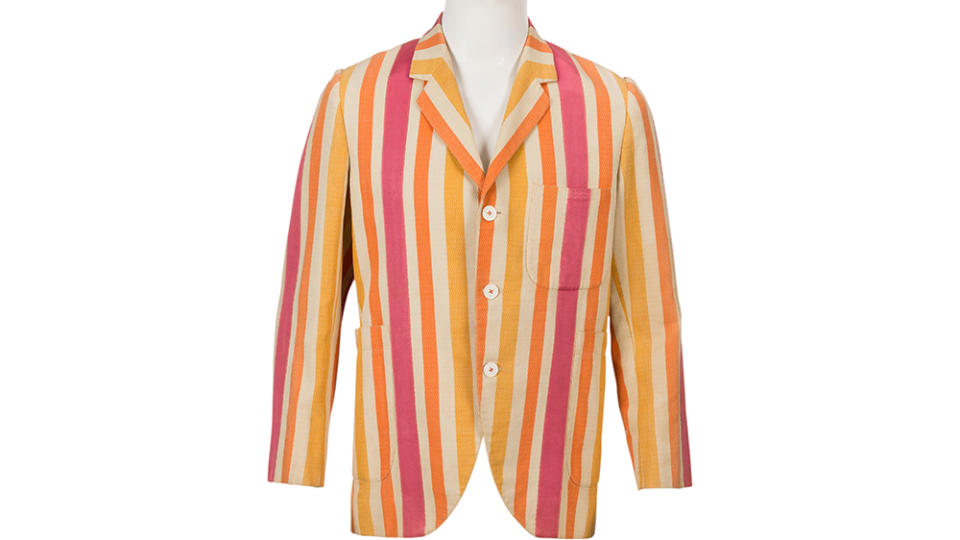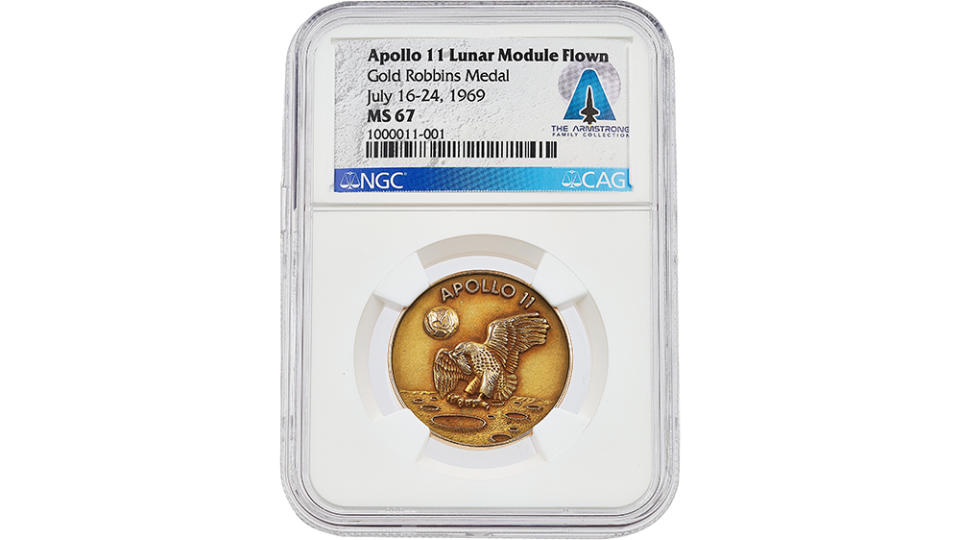How Movie, TV, and Space Memorabilia Became the Auction Market’s Favorite Goldmines

The sports world isn’t the only arena that’s seen the value of its memorabilia grow exponentially. Objects from film, TV, and the space age have also achieved meteoric results in the auction market.
While most keepsakes from the big and small screens may once have been destined for landfills or Planet Hollywood, movie and television studios are now partnering directly with auctioneers to offer props, costumes, and more. Joshua Benesh, chief strategy officer at Heritage Auctions, says that as recently as the ‘90s, the market was “sort of a weird, quirky collectible offshoot” but that it “really gained momentum in the last 10 or 15 years.” The result is that items that might have sold decades ago for relatively small sums can command eye-popping amounts when they come back to the market.
More from Robb Report
Editor's Letter: Inside Robb Report's August 2023 Collecting Issue
Collecting Antiquities Has Never Been So Fraught. Here's How to Do It the Right Way.
Greece Is Limiting How Many People Can Visit the Acropolis Each Day

To wit: In 1993, Christie’s sold the striped jacket Dick Van Dyke wore as Bert in Mary Poppins for $4,370. Fast-forward to 2022, and the same coat brought in $200,000 at Heritage Auctions. Experts put such results down to the adoration of fans who’ve turned these objects into cultural touchpoints. “They are the remnants of characters and moments in time that are not otherwise available in tangible form,” Benesh adds.
Typically, objects from long-running franchises are considered grails. Last year, a Red Leader X-Wing Fighter model that appeared in Star Wars: A New Hope sold for $2.375 million. And in 2021, the Ressikan flute Patrick Stewart played as Jean-Luc Picard on TV’s Star Trek: The Next Generation went for $237,500 even though it doesn’t produce sound. (For more on how memorabilia from the two series stack up, see The Duel)

But collectibles that have left planet Earth in real life are, understandably, even more valuable. “Space exploration has universal appeal that profoundly connects with our sense of humanity and the ability to know and understand the world around us,” says Cassandra Hatton, Sotheby’s global head of science and popular culture.
Which explains why, last year, when the auction house sold astronaut Buzz Aldrin’s personal collection, the flight jacket he wore to and from the moon went for a record-breaking $2.7 million. Before that, the most paid at auction for a lunar-flown object was the $2 million that Neil Armstrong’s gold Robbins medal fetched in 2019.

Given their scarcity and historical significance, these artifacts require greater due diligence than Hollywood collectibles. A 2012 federal law declared all space-flown objects the legal property of the U.S. government—with an exception for items “received by the Mercury, Gemini, and Apollo astronauts during those missions.” If you’ve managed to purchase such a rare trophy and hope to sell it, be prepared to produce a chain of title to prove its provenance first. As with every business, it’s all in the fine print.
Best of Robb Report
Sign up for Robb Report's Newsletter. For the latest news, follow us on Facebook, Twitter, and Instagram.


